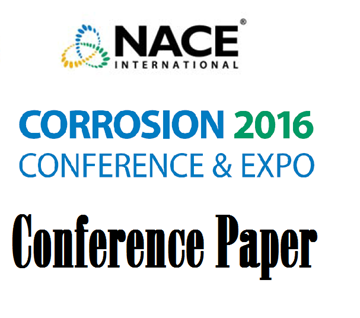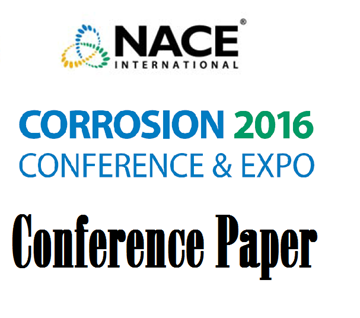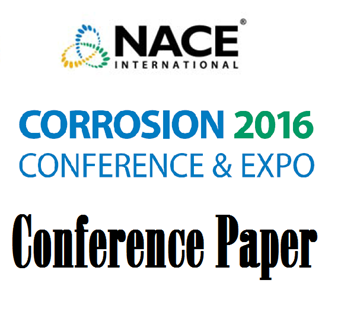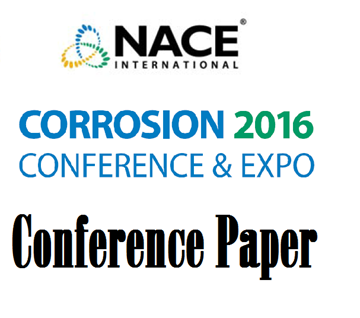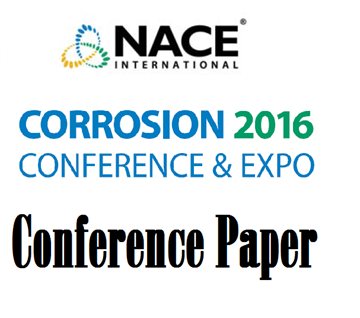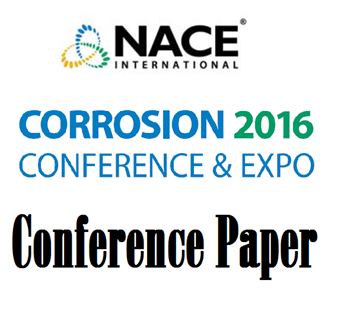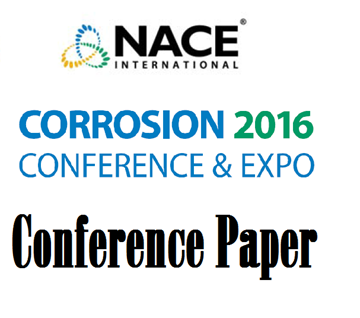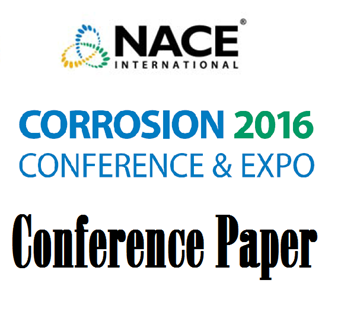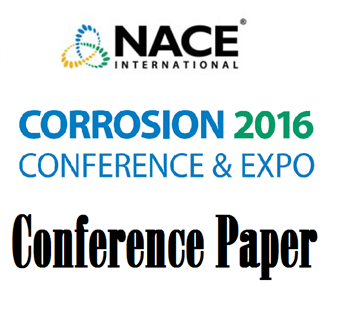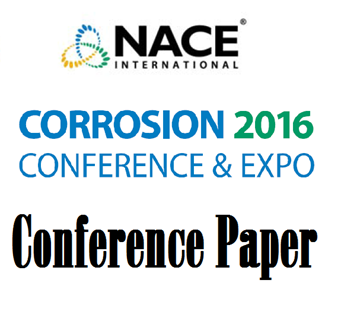Search
Products tagged with '2016 Conference Papers'
View as
Sort by
Display
per page
51316-7092-Internal Corrosion Direct Assessment For Offshore Pipelines
Product Number:
51316-7092-SG
ISBN:
7092 2016 CP
Publication Date:
2016
$20.00
51316-7100-Improving the Controlled Humidity Protection Systems by Addition of Vapor Phase Corrosion Inhibitors
Product Number:
51316-7100-SG
ISBN:
7100 2016 CP
Publication Date:
2016
$20.00
51316-7102-In-Situ Monitoring Of Bacteria Under High Pressure And Temperature Conditions
Product Number:
51316-7102-SG
ISBN:
7102 2016 CP
Publication Date:
2016
$20.00
51316-7106-Compatibility Behavior of Elastomers for PCP Applications
Product Number:
51316-7106-SG
ISBN:
7106 2016 CP
Publication Date:
2016
$20.00
51316-7107-Considerations on The Selection of Protective and Concrete Weight Coatings for Offshore Pipelines
Product Number:
51316-7107-SG
ISBN:
7107 2016 CP
Publication Date:
2016
$20.00
51316-7109-Marine Crevice Corrosion Of Stainless Steel Alloys Under Biofilmed And Sterile Conditions
Product Number:
51316-7109-SG
ISBN:
7109 2016 CP
Publication Date:
2016
$20.00
51316-7113-Relation Between Localized Corrosion And SCC In Nickel Based Alloys In HP/HT Oil And Gas Environments
Product Number:
51316-7113-SG
ISBN:
7113 2016 CP
Publication Date:
2016
$20.00
51316-7115-Risk Assessment And Downhole Chemical Treatment Program For Production Wells Within The Wafra Field
Product Number:
51316-7115-SG
ISBN:
7115 2016 CP
Publication Date:
2016
$20.00
51316-7117-Biocide Injection to Eliminate the Risk of Bacterial Growth and Corrosion Failure in Non Internal Coated Pressure Safety Valve from an Eocene Sub Centre at Partitioned Zone (Kingdom of Saudi Arabia and Kuwait). – A Case Study
Product Number:
51316-7117-SG
ISBN:
7117 2016 CP
Publication Date:
2016
$20.00
51316-7119-Sour Service Performance of EPR - 110ksi Grade Material
Product Number:
51316-7119-SG
ISBN:
7119 2016 CP
Publication Date:
2016
$20.00
51316-7121-Corrosion Induced Bridge Tendon Failures Resulting from Deficient Grout: Part I – Model Development
Product Number:
51316-7121-SG
ISBN:
7121 2016 CP
Publication Date:
2016
$20.00
51316-7126-Qualification of Super 13Cr-110 in HPHT Sour Well Service with Concentrated Brines
Product Number:
51316-7126-SG
ISBN:
7126 2016 CP
Publication Date:
2016
$20.00

